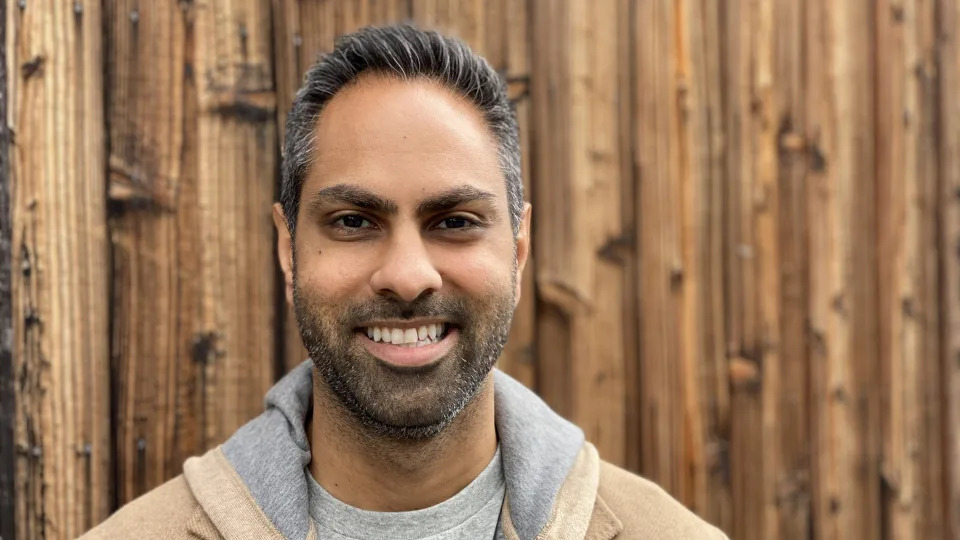
In today’s social consumer-oriented landscape, influencers are becoming increasingly popular as people seek out straightforward, practical advice. The majority of Americans require little more than simple spending and saving adjustments to get their finances on track, but it takes an impactful voice to change their minds. Enter entrepreneur, media personality and author Ramit Sethi, who’s 2009 book “I Will Teach You To Be Rich” was a New York Times bestseller and the basis for his Netflix series “How to Get Rich”.
What sets Sethi’s apart from the throng of financial guides is his approach to spending: urging people to spend money on things they love and cut “mercilessly” on things they don’t. Sethi also preaches mundane, understandable strategies based in psychology to build wealth. “The top ways to grow your wealth are really simple, almost deceptively so,” Sethi .

“And they seem boring, but they are the ones that actually work.” While his advice is universal for those wanting to get smart with their money, Sethi has some specific tips for young people who are just starting to earn, invest and build their wealth. Here are five .
Earning passive income doesn't need to be difficult. Having the knowledge and foresight to start saving when you’re in your early 20s is admirable. However, many young individuals believe they have all the time in the world to save and invest.
“Time is on your side,” said Sethi. “When you’re young, it feels like $100 a month wouldn’t add up to that much. But when you run the math, it’s quite powerful.
” It’s important to start investing as soon as possible and maintain consistency over time when you’re young. You don’t want procrastination hurting your chance to use compound interest to your advantage. “Wouldn’t it be great to save hundreds per month and still buy what you love?” asked Sethi in a YouTube .
Many people focus on reducing expenses without considering how to increase their income. There’s only so much you can cut from your expenses, but your earning potential has no limit. Without creating an oppressive daily budget, you should be able to spend money guilt-free on the things you enjoy if you learn how to save, and more importantly, invest every month by consciously spending — organizing money in a way that’s easy to understand and manage.
Most money managers will encourage a snowball-type method of getting out of arrears before you begin to invest, typically by paying off debts from smallest to largest. If you want to build wealth, you have to pay off your debts. However, Sethi suggests you should start to invest at the same time.
“This is part math and part psychology,” noted Sethi. “Purely mathematically speaking, if your interest rates are really high, like 9% or more, you should pay that debt off aggressively. But psychologically, it’s important to do both because you are building the habit.
” Building wealth is easier if you have extra money to invest. Sethi is a side hustle fan and has posted many side hustle ideas on his that require little to no experience or education. However, you can’t just “wait for 20 years like it’s going to fall from the sky,” he said.
“That’s not how it works. You have to find the idea.” Finding out what you’re good at, how much time you can devote to it and what your goals are will help you start.
Then, you have to actually start it and stay motivated. Although young people are investing and becoming more focused on growing their wealth than ever, the financial landscape is a complicated one. No fee platforms and increased access to financial information are empowering more people to take action, and young people are often bullish on trendy opportunities in trading, like cryptocurrency.
Sethi is categorically cautious when talking about crypto. “If you’re still going all in on crypto, I’d say that you’re a gambling addict and you’re probably doomed. It’s just a matter of time,” he warned, .
He suggests devoting a small portion of your portfolio to alternative assets (1% to 5%) and keeping the bulk of you investments in safer, proven bonds and index funds. This article originally appeared on :.














